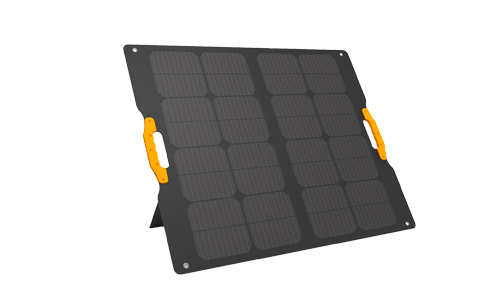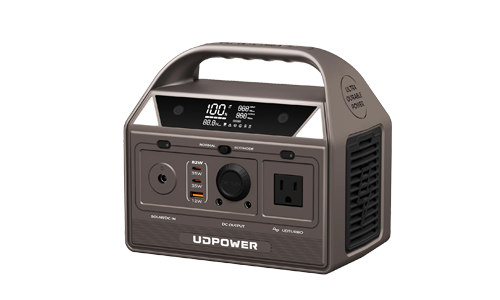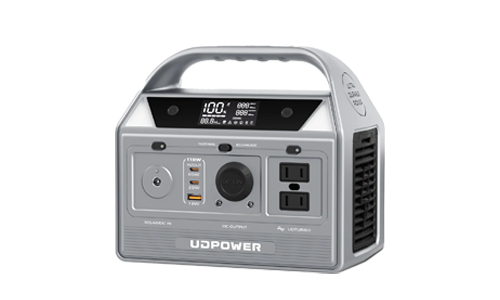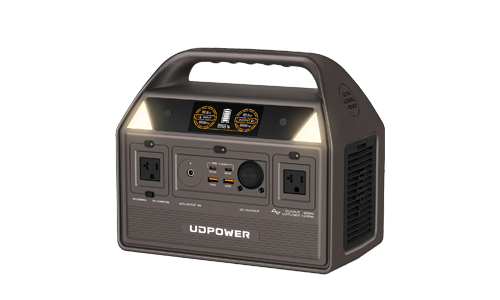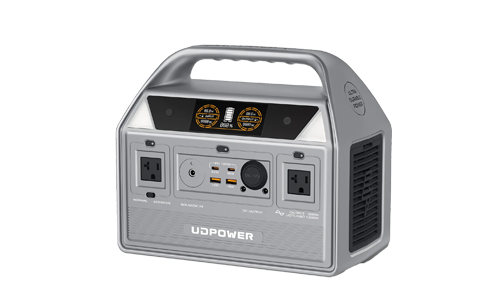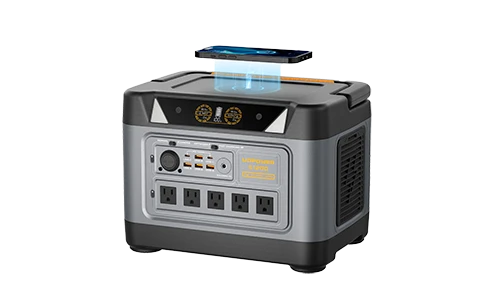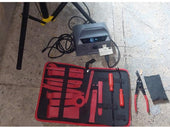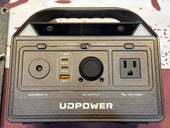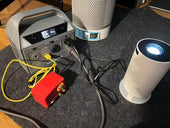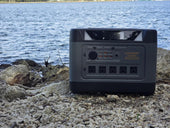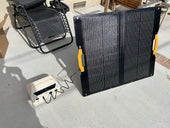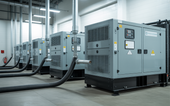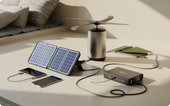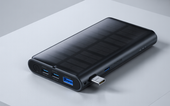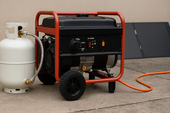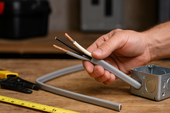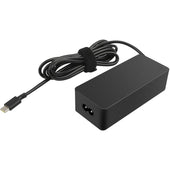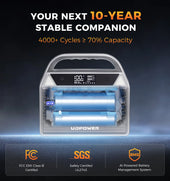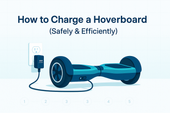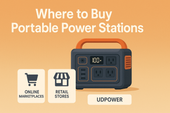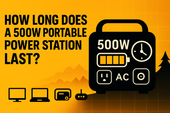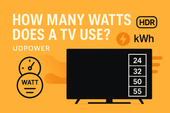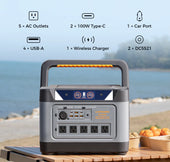Is It Worth Buying a Portable Power Station?
ZacharyWilliamPortable power stations have become incredibly popular in recent years, but are they really worth your money? Let’s dive into what they are, their benefits and drawbacks, and whether investing in one is the right decision for you.
Table of Contents
- What Is a Portable Power Station?
- Benefits of Owning a Portable Power Station
- Limitations to Consider
- Who Should Buy a Portable Power Station?
- Real-Life Scenarios: Is It Worth It?
- How to Choose the Right Portable Power Station
- Alternatives to Portable Power Stations
- Final Verdict: Is It Worth Buying One?
- Conclusion
1. What Is a Portable Power Station?
A portable power station is essentially a large rechargeable battery with multiple output options like AC outlets, USB ports, and DC ports. It stores electricity from your wall socket, car charger, or solar panels to power your devices anywhere, anytime.
🔌 Key Components:
- Battery Pack: Usually lithium-ion or LiFePO4 for longer lifespan
- Inverter: Converts battery power to usable AC electricity
- Charging Options: AC wall charging, car charging, solar panel charging
💡 Difference from traditional generators:
Unlike noisy fuel generators, portable power stations are silent, fume-free, and safe for indoor use.

2. Benefits of Owning a Portable Power Station
✅ 1. Quiet Operation
Portable power stations operate almost silently, with minimal fan noise (~40-50dB), compared to traditional generators that often exceed 70dB.
✅ 2. Eco-Friendly
They produce zero emissions, making them safe for indoor use and eco-friendly camping.
✅ 3. Easy to Carry
Most models weigh 5-30 lbs (2-14 kg), making them easy to transport for camping or emergencies.
✅ 4. Versatile Applications
- Charging phones, laptops, drones
- Powering CPAP machines
- Running small appliances like mini-fridges (check wattage compatibility)
📊 Real User Experience
“During Hurricane Ida, my UDPOWER S1200 kept my phone, laptop, and Wi-Fi router powered for two full days. It was a lifesaver when we had no electricity for four days.” – Jason, New Orleans
3. Limitations to Consider
❌ 1. Limited Power Capacity
Most portable power stations can’t run large appliances like air conditioners or heaters for long. For example:
- A 500Wh station powers a 60W laptop for ~7 hours
- A 1500Wh station powers a 1000W kettle for ~1 hour
❌ 2. Charging Time
Recharging can take 4-8 hours by wall outlet or 6-10+ hours by solar, depending on model and sunlight conditions.
❌ 3. Cost
High-capacity models are expensive:
- 500Wh: ~$300-500
- 1000Wh: ~$700-1000
- 2000Wh+: $1,200+
Compared to a small gas generator ($400-600), the upfront cost is often higher, though there are no fuel or maintenance costs later.

4. Who Should Buy a Portable Power Station?
You should consider buying one if you are:
- 🏕 A camper or overlander needing silent, eco-friendly power for lights, fridges, and devices
- 🏠 An apartment dweller unable to use gas generators during power outages
- 🩺 Someone with medical devices like CPAP needing overnight backup
- 💻 A remote worker wanting power security for routers, monitors, and laptops
- 🚐 A van-lifer or tiny-home owner living partially or fully off-grid

5. Real-Life Scenarios: Is It Worth It?
Scenario 1: Camping
Having a portable power station means no noisy generator, easy phone/camera charging, and running an electric cooler. For example, a 500Wh station can power a 40W mini fridge for ~10 hours.
Scenario 2: Apartment Power Outages
In apartments, fuel generators are often banned. A portable power station keeps phones, lights, Wi-Fi routers, and laptops running safely indoors.
Scenario 3: Emergency Preparedness
In disasters, staying connected is vital. A 1000Wh power station keeps essentials running while being safe for indoor use without ventilation issues.
Scenario 4: Van Life
Most van-lifers combine solar panels with a portable station to create a flexible off-grid setup.
6. How to Choose the Right Portable Power Station
- Calculate power needs: Add wattage of all devices you want to use simultaneously.
- Check battery capacity: Measured in Wh (watt-hours); higher Wh = longer runtime.
- Output ports: Ensure it has enough AC, USB-A, USB-C, and DC ports.
- Charging options: Solar input compatibility is a plus for off-grid use.
- Brand reputation: Look for brands with reliable customer service and solid warranties (1-5 years typical).

7. Alternatives to Portable Power Stations
- Gas Generators: Cheaper per watt, but noisy, requires fuel, and unsafe indoors.
- Power Banks: Great for phones/tablets but cannot run AC appliances.
- DIY Solar + Inverter Systems: More complex but flexible for permanent setups.
8. Final Verdict: Is It Worth Buying One?
👍 When it’s worth it:
- You need silent, emission-free power for camping or indoor use
- You live in areas with frequent outages but can’t use fuel generators
- You want an eco-friendly emergency backup
👎 When it might not be worth it:
- You only need occasional phone charging (use a power bank instead)
- You want to power heavy-duty appliances long-term (a fuel generator or large solar+inverter system may be better)
9. Conclusion
A portable power station can be a smart investment if you frequently camp, face power outages, or want to prepare for emergencies safely and silently. Always evaluate your power needs, compare capacities, and consider your lifestyle before making the purchase.
🔗 Explore our recommended portable power stations here.
